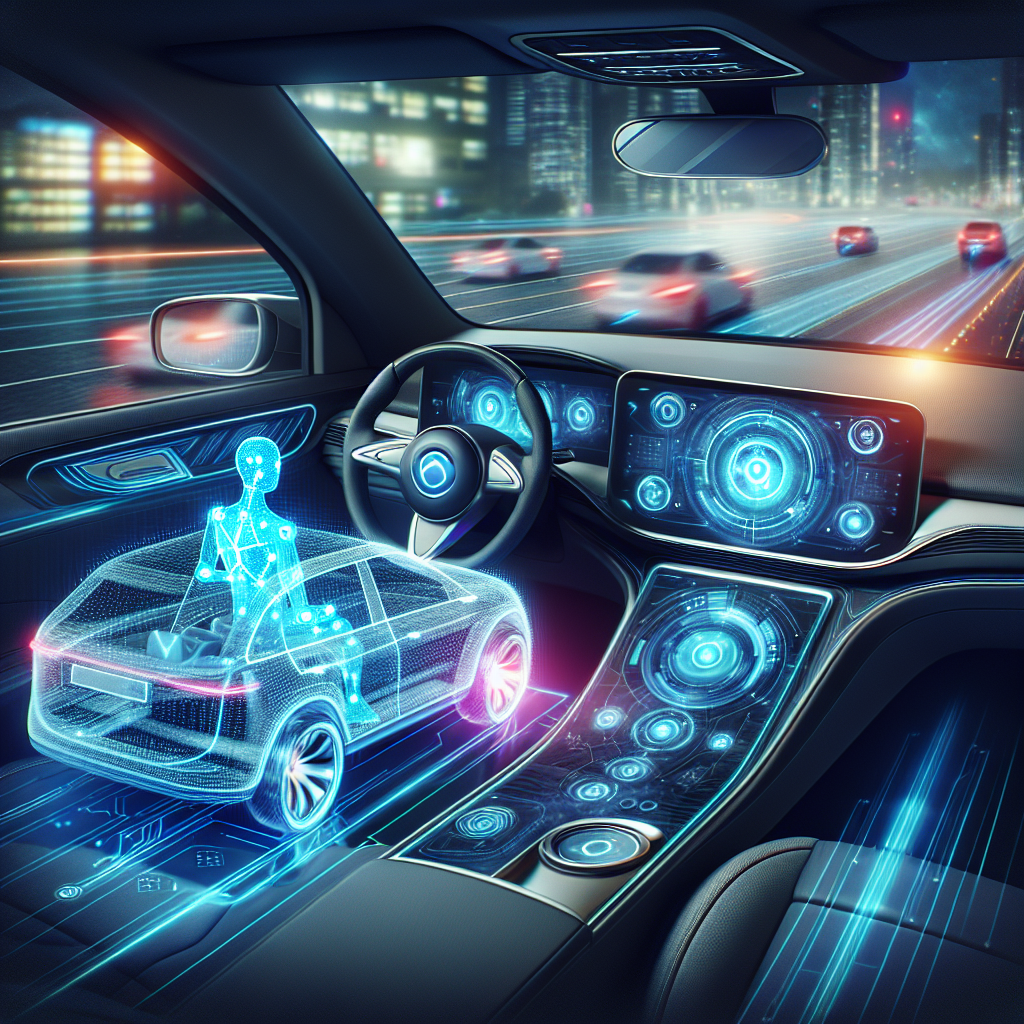Conversational AI in the Automotive Industry: Transforming the Driving Experience
The automotive industry has seen rapid advancements in technology over the past few years. From autonomous vehicles to connected cars, the way we drive and interact with our vehicles is constantly evolving. One technology that is playing a significant role in this transformation is conversational AI.
Conversational AI, also known as chatbots or virtual assistants, is a form of artificial intelligence that enables machines to communicate with humans in a natural and conversational way. In the automotive industry, conversational AI is being used to enhance the driving experience, improve safety, and provide personalized services to drivers and passengers.
How Conversational AI is Transforming the Driving Experience
1. Personalized Assistance: Conversational AI allows drivers to interact with their vehicles using natural language commands. This means they can control various functions such as navigation, music, and climate control without having to take their hands off the wheel. This personalized assistance helps drivers stay focused on the road and reduces distractions.
2. Improved Safety: Conversational AI can also be used to provide real-time alerts and notifications to drivers, such as traffic updates, weather conditions, and potential hazards on the road. By keeping drivers informed and aware of their surroundings, conversational AI can help prevent accidents and improve overall road safety.
3. Enhanced Connectivity: With the rise of connected cars, drivers expect seamless integration between their vehicles and other devices such as smartphones, smart home devices, and wearable technology. Conversational AI enables drivers to access and control these devices through voice commands, making it easier to stay connected while on the road.
4. Personalized Recommendations: Conversational AI can analyze a driver’s preferences, habits, and driving behavior to provide personalized recommendations for things like restaurants, gas stations, and points of interest along their route. This level of personalization enhances the overall driving experience and makes each journey more enjoyable and convenient.
5. Remote Assistance: In the event of an emergency or breakdown, drivers can use conversational AI to call for help, request roadside assistance, or contact emergency services. This feature provides peace of mind to drivers and ensures that help is always just a voice command away.
FAQs
Q: How does conversational AI work in cars?
A: Conversational AI in cars works by integrating natural language processing (NLP) and machine learning algorithms to understand and respond to voice commands from drivers. The system uses speech recognition technology to interpret the driver’s voice and then generates a response or performs a specific action based on the command given.
Q: What are some common use cases for conversational AI in the automotive industry?
A: Some common use cases for conversational AI in the automotive industry include voice-activated controls for navigation, music, and climate control, real-time alerts and notifications for traffic and weather updates, personalized recommendations for points of interest along the route, and remote assistance in case of emergencies or breakdowns.
Q: How does conversational AI improve safety in cars?
A: Conversational AI improves safety in cars by reducing distractions for drivers, providing real-time alerts and notifications for potential hazards on the road, and enabling drivers to access and control various functions using voice commands without having to take their hands off the wheel. This helps drivers stay focused on the road and make informed decisions while driving.
Q: Is conversational AI only available in new cars, or can it be added to older vehicles as well?
A: Conversational AI technology can be integrated into both new and older vehicles through aftermarket solutions such as voice-activated devices or software updates. While some newer vehicles come equipped with built-in conversational AI systems, there are also options available for retrofitting existing vehicles with this technology.
In conclusion, conversational AI is revolutionizing the automotive industry by transforming the driving experience and providing drivers with personalized assistance, improved safety, enhanced connectivity, personalized recommendations, and remote assistance. As this technology continues to evolve, we can expect to see even more innovative applications and benefits for both drivers and passengers in the future.

